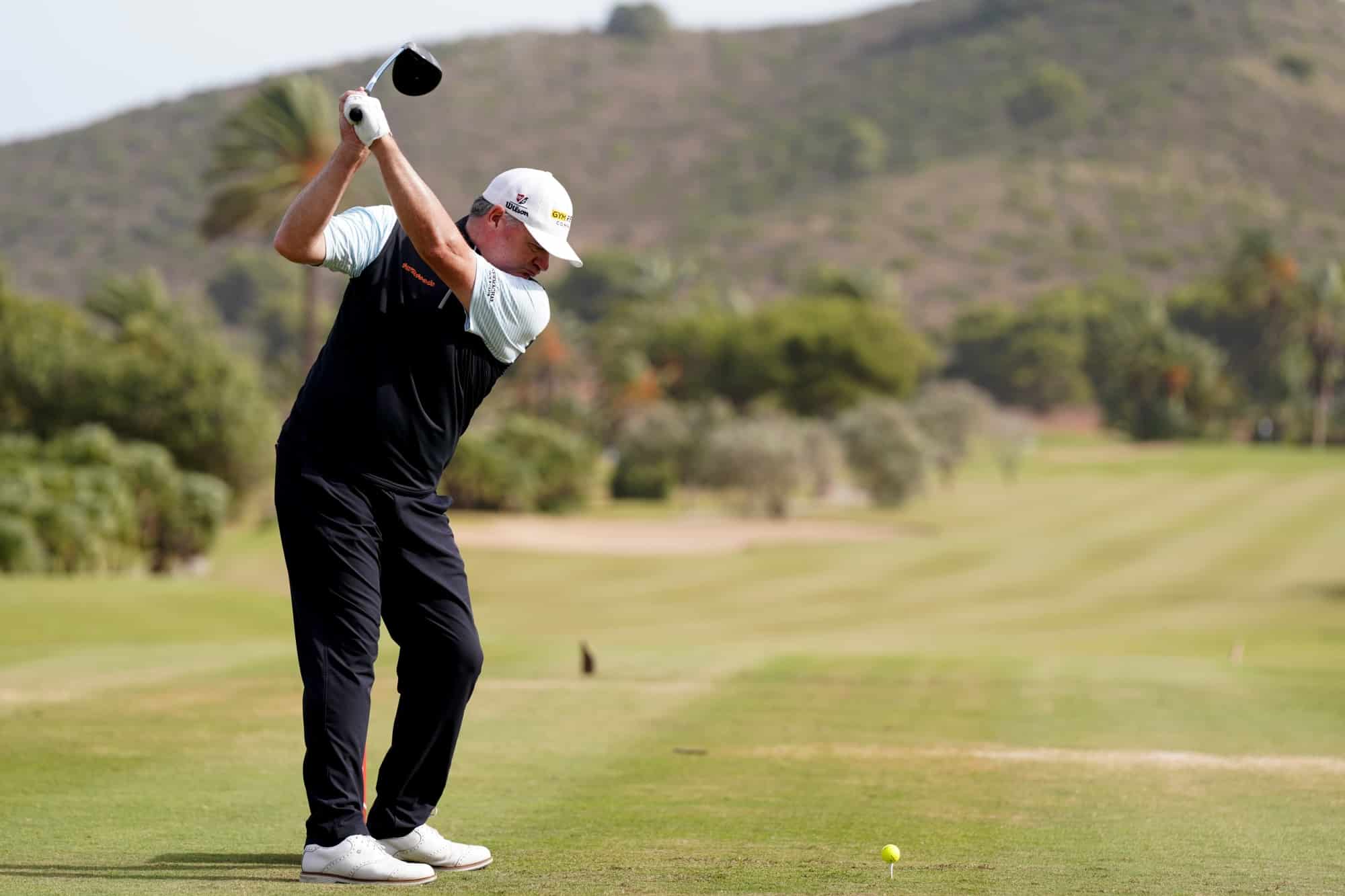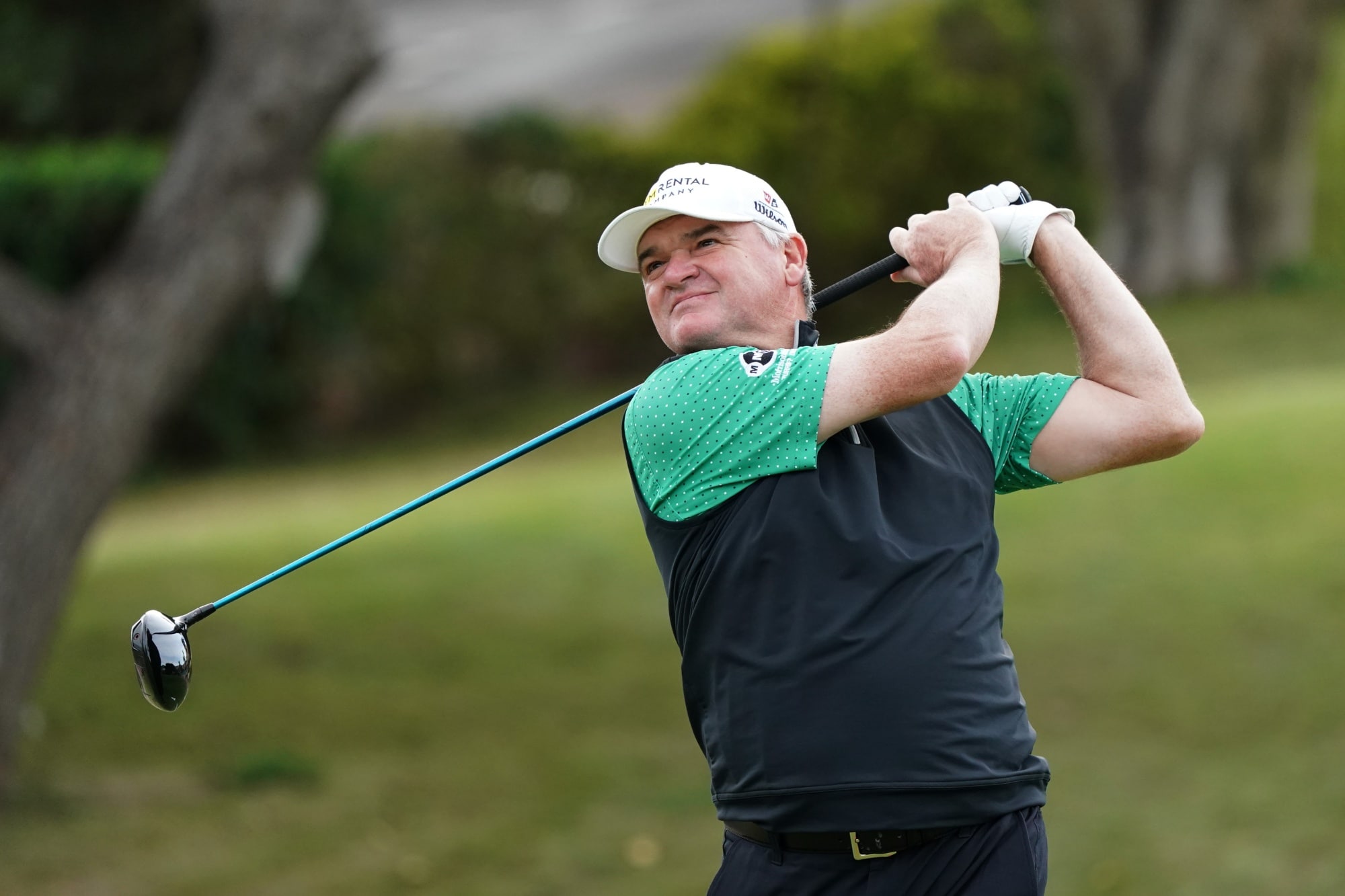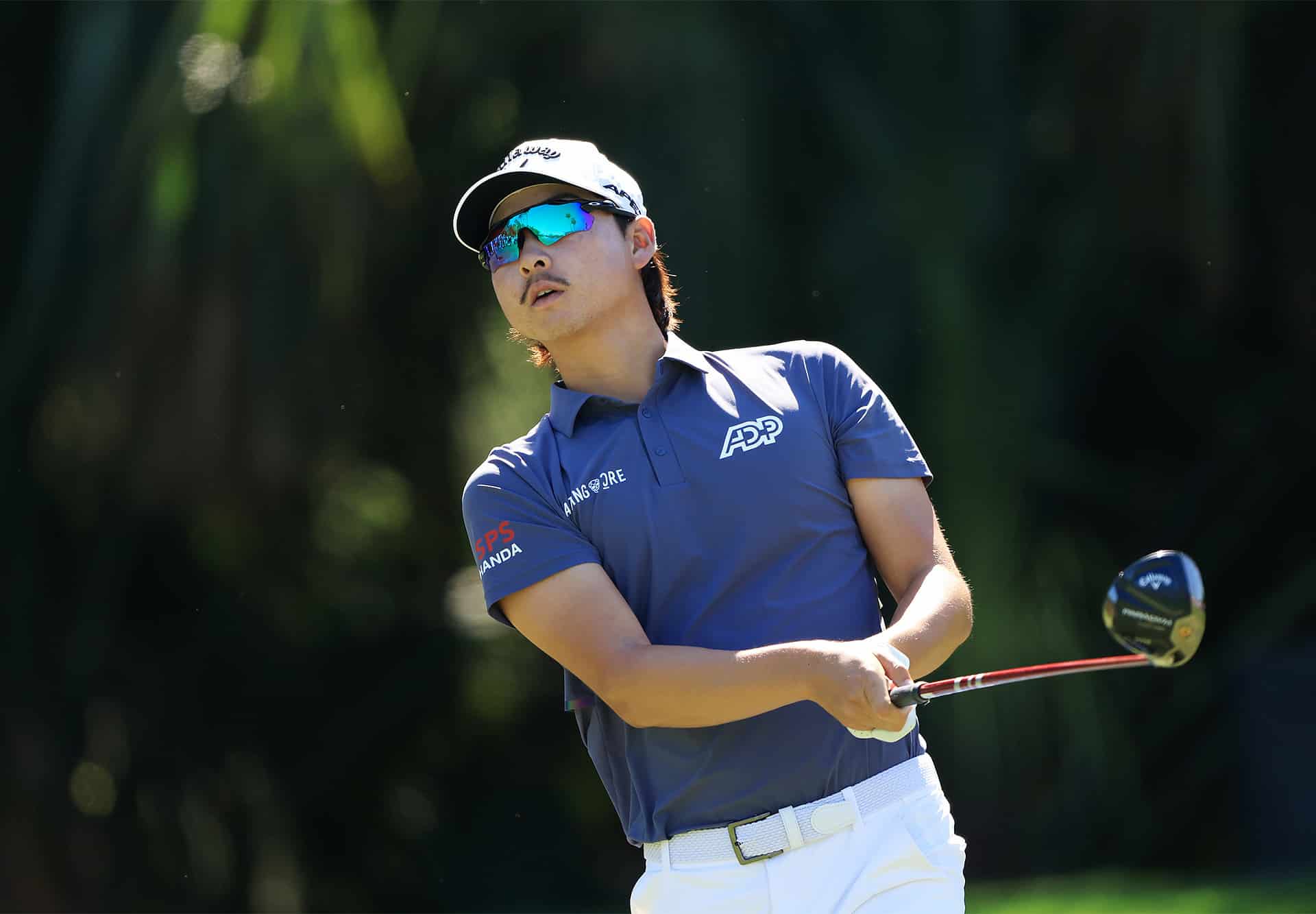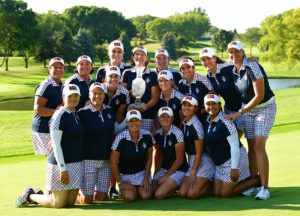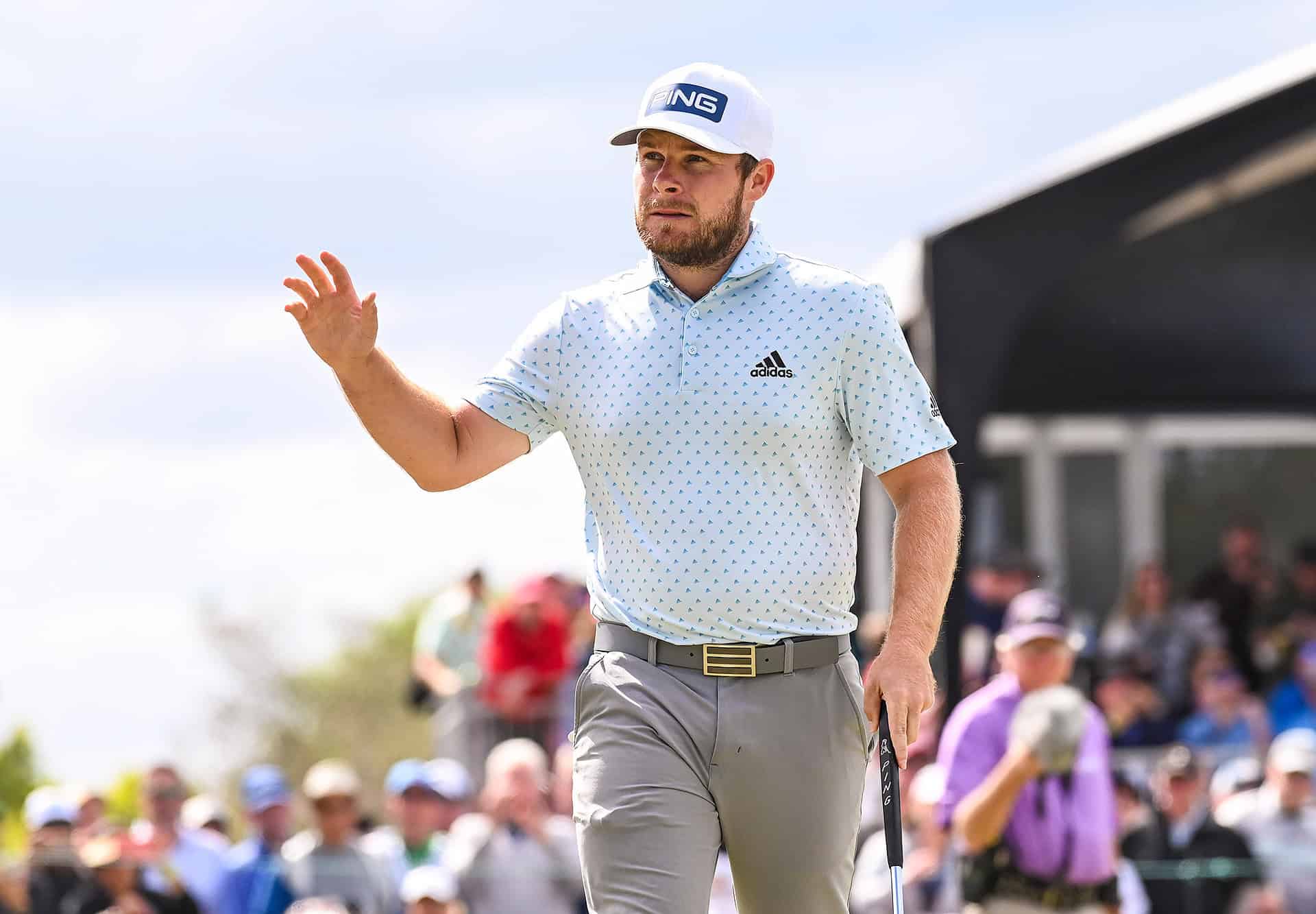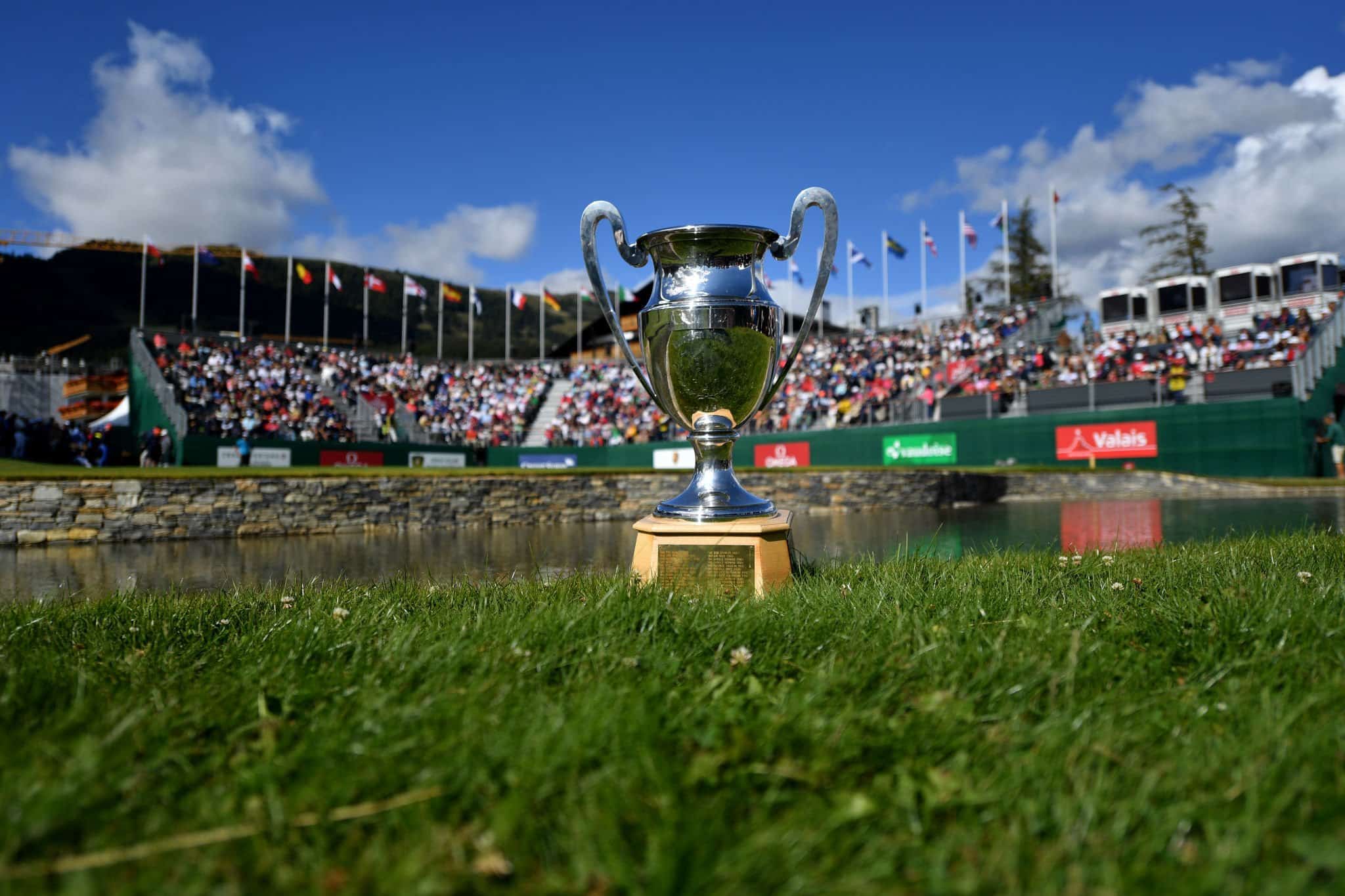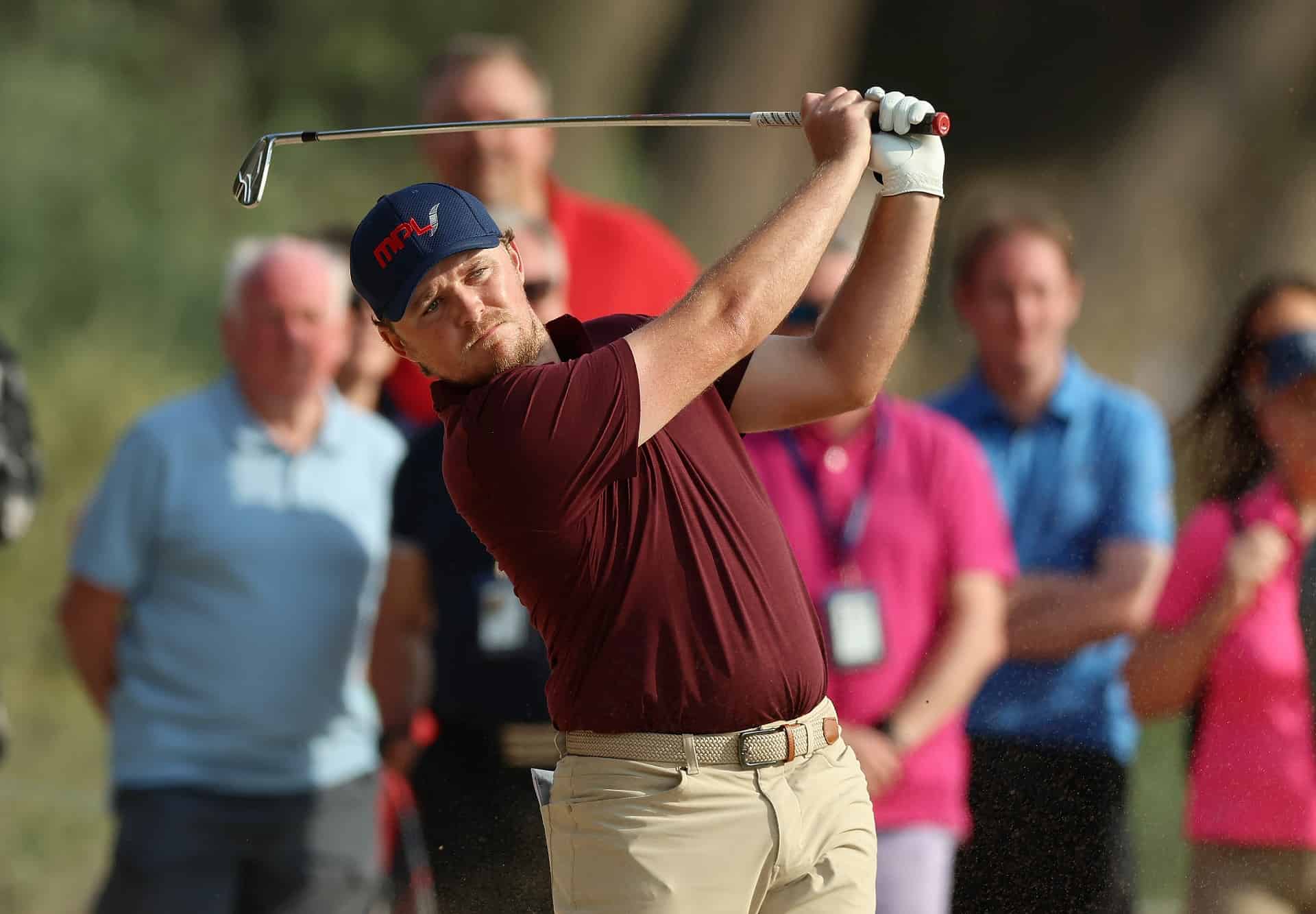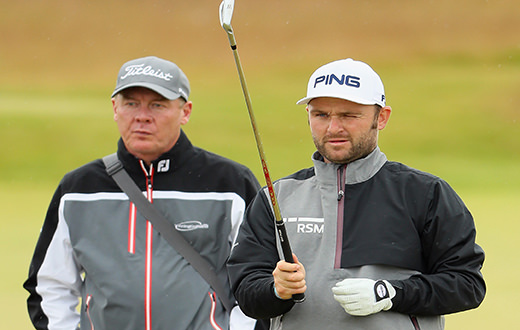
Bored of the driving range? Learn how the Tour players do it
New year, new you? At this time of year we all like to kid ourselves that things will be different this time around; we’ll practise properly, regularly and efficiently at the local driving range and our handicaps will come tumbling down.
But then standards begin slipping, range visits become more infrequent and, when we do manage to exchange money for tokens, we will machine gun our balls into the distance as quickly as possible and leave none the wiser on what has just happened.
Which is why we spoke to Lee Crombleholme, the sports psychologist who works on the European Tour with the likes of Andy Sullivan, James Morrison, Ross Fisher, Richard Bland, Alejandro Canizares, Lee Slattery, Justin Walters, Paul Waring, Haydn Porteous, Graeme Storm, Chris Hanson and John Parry.
So when we do find ourselves with 100 balls in front of us what do we then do next?
Driving range best practice: Balls 1-20
“The biggest challenge at the range is the potential to get bored. We can only concentrate on something for 20 minutes at a time so I will get players to physically separate the balls into piles of 20. The first 20 might just be to help find the clubface, just build up some confidence and loosen up.
Driving range best practice: Balls 21-40
Then the next 20 you should do any technical drills that you have or a tip you’ve picked up from your pro. Think about your swing and what you’re working on, you need a focus at the range rather than rattling through your balls in the shortest period of time.
Driving range best practice: Balls 41-60
The Tour players I work with all say they want to free up their swings so I will get them hit the third pile to nowhere. Rather than hitting to a target I will get them to hit a 5-iron up the left side of the range, don’t think about anything, just swing the club.
Then hit one down the right wing. Then one down the middle, then left, then right somewhere. Because they’re not thinking about the swing they start flushing it because one of the key factors of my work is to get them to think less.
Hitting shots to nowhere gives them a completely different mindset to thinking about technique and it is a real eye opener as they don’t expect to start flushing it. Our swings don’t disappear because we’re not thinking about how to swing it.
Practise acceptance
You will see players at the range hit poor shots and then get wound up. I will get my player to only react to the good shots so, if you hit it well, really appreciate it rather than taking it for granted. Good players are bad for it and never give themselves a pat on the back, then when they hit a bad one they get annoyed by it. If you can’t manage your emotions at the range then you have no chance on the course.
A good thing is to only react emotionally to the good shots over the winter and that will become habitual. One of the best ways to manage yourself emotionally is to have a little laugh at yourself, you are going to think bad things, you cannot control your thinking so accept that that will happen. They are only thoughts, they don’t have any power but when you buy into them emotionally then we have a problem. If you hit a bad shot then laugh at yourself as that will make the emotional part of your brain work. A big part of my job is to educate people on how the brain works.
Driving range best practice: Balls 61-80
The next 20 would be on specific targets with whatever their pre-shot routine is. In my world that would be to ask themselves a question when they are stood behind the ball – a really simple, generic one would be ‘what does a really great shot look like?’
When we ask a question a different part of the brain kicks in and it comes up with an answer, the subconscious kicks in.
We use a technique called ‘Quiet Eye’ which makes the eyes work properly. If you get both eyes trained on a dimple or a letter on the ball and you focus on that all the way through the swing, if you are 100 per cent into that, that is Quiet Eye and when you have that you have a quiet mind. I measure this using a brainwave monitor but you should be able to feel it and notice the freedom in your swing.
It is a big part of Jason Day’s routine, I have done it a lot with Richard Bland over the past 18 months. He has played more aggressively last year and, to be able to do that, you have to swing it freely and have your eyes working properly.
When Andy Sullivan was walking to the 1st tee at the Ryder Cup I reminded him a couple of times to focus on the dot on the ball and when he flushed it down the middle and he said afterwards that he felt fine. He had practised switching his brain off.
Driving range best practice: Balls 81-100
With the last 20 balls play the first few holes or the back nine. Players will do a physical warm-up but they don’t do anything with the brain. Just play the first few holes with the yardage book so imagine the fairway with two trees in the distance and that might leave you with 160 yards in and play to a specific target. You might then have a little chip.
It does switch your concentration on – ask your effective question, go into Quiet Eye, switch off your brain and free yourself up.
Once you have the ability to have an awareness of your target but are able to free up your swing then you can really improve.
Twitter @WinningGolfMind
To get in touch email Tom King at [email protected] – Tom is a sport psychology consultant who coaches the WinningGolfMind framework to pros and club players at the American Golf Academy at High Legh Park in Cheshire
Mark Townsend
Been watching and playing golf since the early 80s and generally still stuck in this period. Huge fan of all things Robert Rock, less so white belts. Handicap of 8, fragile mind and short game



